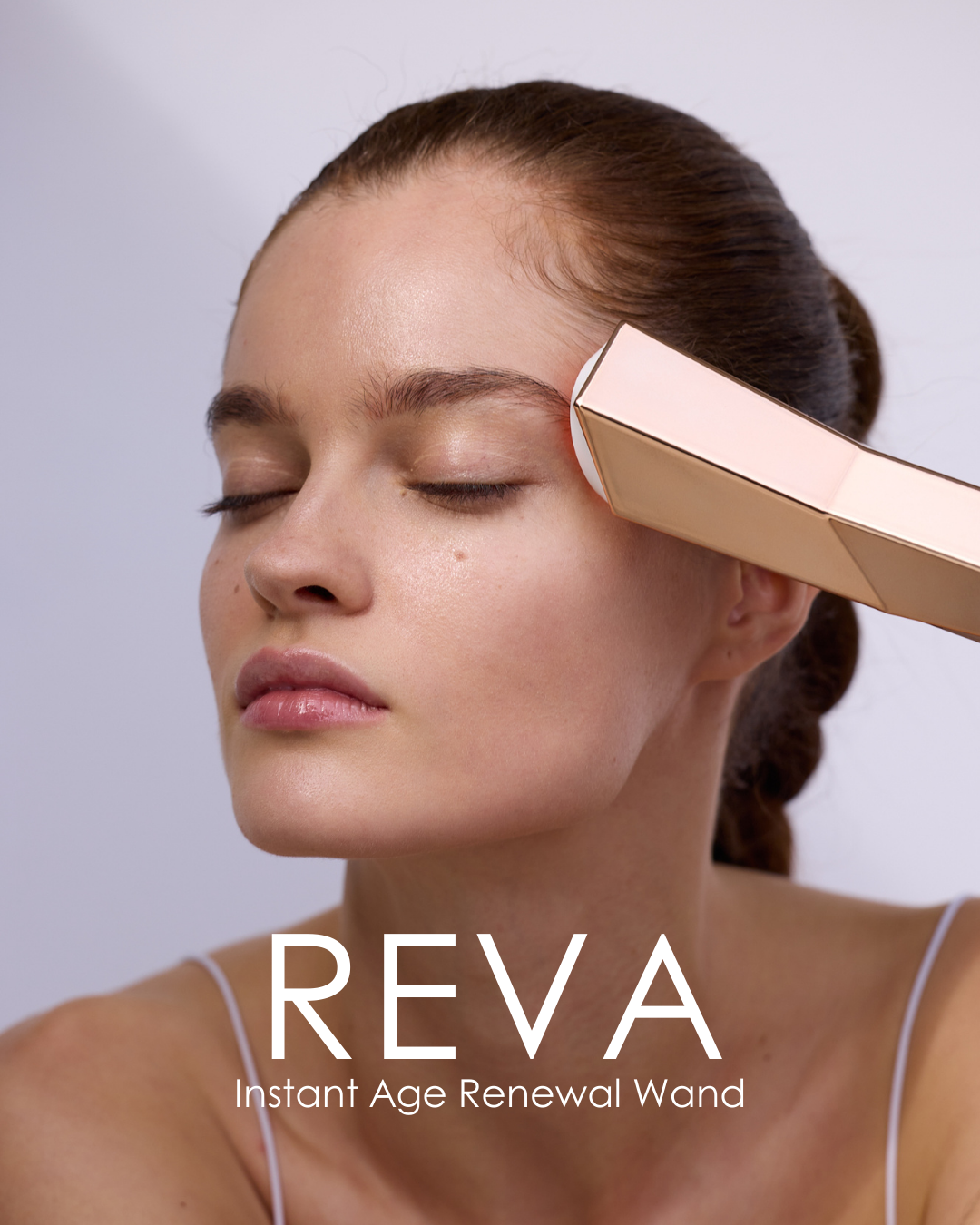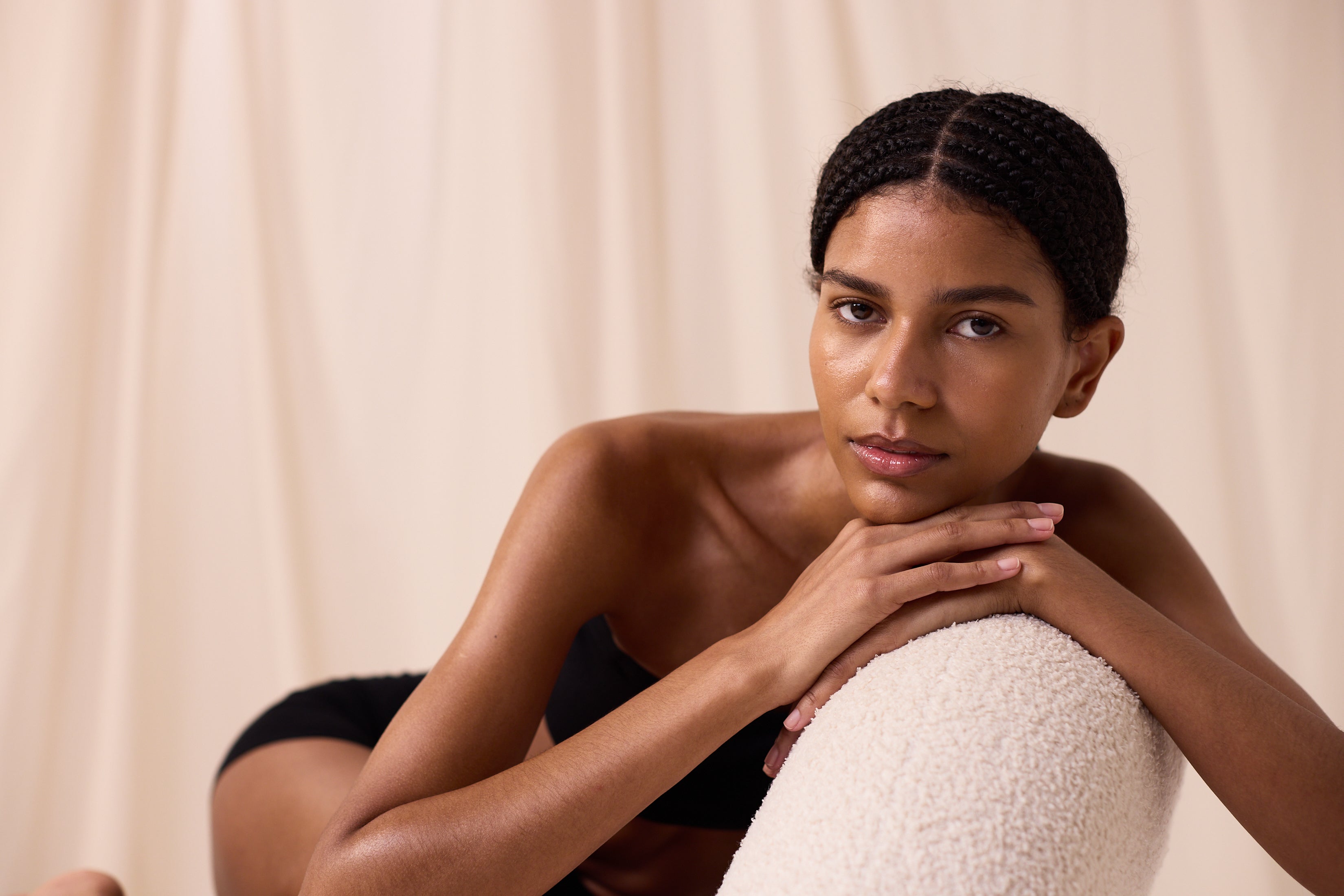
Understanding Rosacea: How LED Light Therapy Can Help
IN THIS ARTICLE:
- 01 What Is Rosacea?
- 02 How Does LED Light Therapy Help Rosacea?
- 03 What Happens After LED Light Therapy? What Are The Side Effects?
- 04 How Often Should I Use LED Light Therapy At Home?
Blushing is a normal bodily reaction to certain strong emotions such as embarrassment, stress, and even anger. It’s something that happens once in a while. Did you know there’s a skin condition that can cause redness?
Rosacea is often misunderstood and mistaken as a simple blushing of the cheeks. At its worst, it causes deep reddening or violet tones in dark skin, swollen veins, bumps, and a swollen nose. It’s something that happens quite often as it can be triggered by a lot of factors. Rosacea cannot be cured, but it can certainly be managed and minimized
What Is Rosacea?
|
Rosacea is a long-term skin condition. Sufferers experience symptoms across a spectrum that includes sensitive and reactive skin, flushing, redness, swelling, acne-like breakouts, bumpy skin texture, and red and irritated eyelids. |
Rosacea is believed to be caused by inflammation from various sources, but the exact cause is not yet fully understood. It can be triggered by stress, food, heat, sun and cosmetics and is most common in women ages 30-50.
Genetics play a role, with a higher risk if there is a family history. An overactive immune response to environmental and inflammatory triggers can also be a factor.
Triggers, or the indirect causes, of rosacea symptoms can differ from person to person. Here are some common triggers to be aware of:
- Alcohol and caffeine
- Spicy foods and dairy products
- Hot or cold weather
- Hot drinks and hot baths
- Heavy exercise
- Sun exposure and strong winds
- Humidity
- Menopause
- Certain medications
How Does LED Light Therapy Help Rosacea?
LED light therapy is a great way to help manage rosacea and improve skin health. This safe and effective treatment offers relief, enhancing your overall well-being. How it works? The light energy penetrates your skin, boosting cells with renewed energy so you can finally experience a calmer and healthier complexion.
When it comes to treating inflammatory skin conditions like rosacea, red light is your go-to. Known for its anti-aging properties, helps repair damaged cells and combat inflammation, giving your skin the support it needs for a healthier, more radiant complexion. It works its magic at the cellular level, strengthening and empowering your skin's structure to provide much-needed relief from rosacea symptoms.
Want to explore more? Try the LightAura LED Face Mask, which offers not just red light but six other colors to target various skin conditions. And don't forget about your neck! The LightAura Plus, comes with a dedicated neck panel to ensure that this often neglected area receives the same attention and care.
What Happens After LED Light Therapy? What Are The Side Effects?
People with rosacea may experience varying symptoms. LED light therapy can help alleviate inflammation and other discomfort, regardless of the trigger. Regular using LED masks can lead to noticeable improvements, such as reduced redness and swelling, a more even skin tone, fewer breakouts, and overall calmness for your skin.
The Lumamask 7 not only calms the skin, experience increased collagen production, improvement in acne and blemish-prone skin, smaller pores, and more.
Is LED red light therapy safe? How about blue light and the other wavelengths? Light-based therapies using LED bulbs been clinically proven in the Journal of Clinical and Aesthetic Dermatology. Exposure to UV-free and non-heating LEDs have no known side effects. The treatment does not even require downtime after every session!
How Often Should I Use LED Light Therapy At Home ?
How often should you use LED light masks? If you're just starting out, you can use LED light masks or a handheld devices up to four times a week, starting with 10-minute sessions. Once you start seeing the results you want, you can extend to 15 minutes. LED bulbs emit powerful light energy, so there's no need to increase usage for better results.
Enhance the comfort and effectiveness of your at-home treatments with the LightAura Flex. Made with soft silicone material, it offers a luxurious and comfortable experience while allowing for better light penetration. Treat your skin with the utmost care and enjoy the benefits of this advanced mask.

written by Charlotte Rycroft
















2 comments
Dear Guyguy,
We appreciate your feedback and understand your concern. Each color of LED light therapy indeed targets different skin conditions:
Blue LED light is effective in treating acne and blemishes by killing acne-causing bacteria and reducing inflammation.
Red LED light stimulates collagen production, improves skin elasticity, and reduces the appearance of wrinkles and fine lines.
Near-infrared LED light penetrates deeper into the skin, promoting healing, reducing inflammation, and improving overall skin health.
For Rosacea, we recommend Red LED light therapy which helps reduce inflammation, soothes redness, and promote healing in the skin, making it beneficial for managing rosacea symptoms.
We apologize for any confusion and will work on providing clearer information about the benefits of each color/frequency for specific skin conditions on our website.
If you have any further questions or need assistance, please don’t hesitate to reach out. Thank you for bringing this to our attention!
Anonymous
Hmmmm… could be interesting, but you don’t event mention which color/frequency would be beneficial for which condition. For example, blue LED vs red LED do not have the same effect at all. So, without this information, your claims are meaningless and your site disappointing (I was really hoping to find good information). So there, I know it will not make any different but I’ve said it.
Guyguy
Leave a comment
This site is protected by hCaptcha and the hCaptcha Privacy Policy and Terms of Service apply.